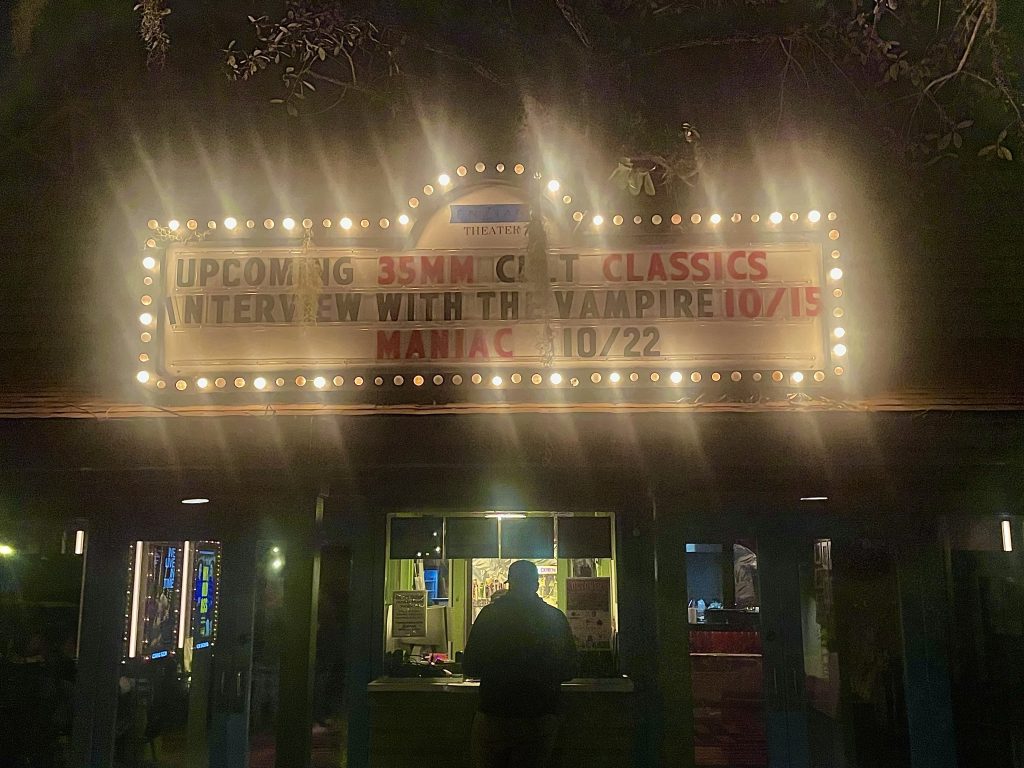
From slashers hiding in the dark corners of the screen to pixelated images and static screams echoing from the abyss, my Countdown to Halloween: Volume Two explores my three favorite horror movies across five sub-genres of horror: Slasher, Psychological Thriller, Religious, Found Footage, and Black and White Classics.
Slashers, originating from the 1960 movie “Peeping Tom,” are characterized by their use of human(-like) antagonists often wielding a physical weapon of sorts such as a knife, machete, or other bladed weapon. Although a relatively new sub-genre of horror, it has been a growing staple of horror and has produced some of the most infamous movies, including Alfred Hitchcock’s “Psycho” (1960) starring Rollins College alumnus Anthony Perkins. My personal three favorite movies of the sub-genre are:
Wes Craven’s “Scream” (1996):
“What’s your favorite scary movie?” Ghostface asks his innocent and helpless victims in this flick. While Casey Becker, played by Drew Barrymore, might answer with, “Halloween, you know, the one with the guy with the white mask who just sorta walks around and stalks the baby sitters,” I would be inclined to say, “Scream, you know, the one with the guy in the white mask who just sorta walks around and stalks high school students, specifically Sidney Prescott exactly one year after her mother’s murder.” This movie blends the line between brutal killings and comedic irony. It earns a special place in my heart for how well it makes fun of itself, all while creating memorable kills and suspenseful chase scenes.
Dario Argento’s “Profundo Rosso” (Deep Red) (1976):
Who doesn’t love a cloaked killer with character? The gloved man dressed in black of this horror film not only has an iconic theme but also leaves a memorable visual for his victims: a baby doll hung from a noose. For a while, Dario Argento’s films flew under the radar of horror fans in the United States, until recently amassing a cult following. This Italian film director is the master of “Giallo” films (another sub-genre of slashers originating in Italy). With a musical soundtrack that will become engraved in your head for weeks after viewing, this movie is unique in how strong of a connection is created between music and horror, through main character Marcus Daly’s love for the piano as well as Argento’s cinematography.
John McNaughton’s “Henry: Portrait of a Serial Killer” (1986):
Boarding the line between slasher and psychological thriller, “Henry: Portrait of a Serial Killer” is one of the hardest but most rewarding watches on this list. Based on the real-life killer Henry Lee Lucas, this chilling portrayal stands out amongst slashers of the 80s. While films like “A Nightmare on Elm Street” and “Friday the 13th” focus on the ease and camp of holiday themed horror, “Henry: Portrait of a Serial Killer” brings forth some of cinema’s most disturbing and unnerving characters. The gritty visuals make the senseless and sudden murders of Henry that much more disturbing. This movie earns its place on my list for its ability to force the audience to confront the banality of evil.
Psychological thrillers differ from slashers in the way that they treat the mental state and deeper thoughts of its characters. While slashers often fall under the stereotypes created decades ago, psychological thrillers allow the audience to grasp a better understanding of the state of which these characters live, often creating an emotional sense of suspense rather than a physical one. My three personal favorites of the sub-genre are:
Jennifer Kent’s “The Babadook” (2014)
The Brothers Grimm have created some of the most well-known and horrifying fairytales that parents would read to their children. None of their original works compare to “Mister Babadook,” a children’s picture book found by a young boy named Samuel. In this Australian gem, Samuel, with his newly acquired horror fairytale, asks his single mother to read it to him. After accepting his request, she becomes haunted by the horrific imagery and settings presented by the story, even seeing Mister Babadook himself drop down from her bedroom ceiling. What may be viewed on the surface as a standard demon story is a story deeply rooted in grief, depression, and familial bonds. With jump scares aplenty and a top hat adorning monster, “The Babadook” creates a deeply unsettling environment as it asks, “Can you truly lock all monsters away in the basement, or will some find their way out?”
Darren Aronofsky’s “Black Swan” (2010)
“I want to be perfect,” Nina mutters under her breath in “Black Swan.” Utilizing the desire for perfection and theme of obsession, Aronofsky’s “Black Swan” follows ballet dancer Nina as she struggles to portray the dual roles of the White Swan and the Black Swan in the ballet “Swan Lake.” She faces hallucinations and tragic accidents as she loses herself in the two roles. This movie explores the competitive nature of humanity and the lengths some may go to find absolute perfection, demonstrating its toll. Starring Natalie Portman, Mila Kunis, and Winona Ryder, this ballet-centered psychological thriller has the audience hooked as Nina descents into madness.
Robert Eggers’s “The Lighthouse” (2019)
To me, “The Lighthouse” is like “The Shining” on steroids. While Stephen King’s classic novel tells the story of Jack Torrence’s spiral into insanity during a winter stay in the Overlook Hotel, “The Lighthouse” tells the story of cabin fever amongst two men, played by Robert Pattinson and Willem Dafoe, who are working as “wickies” for four weeks on an isolated island off the New England coast. Shot in a claustrophobic black-and-white style, Eggers keeps the audience guessing what is real and what is an illusion. This film earns its place on my list for its distinctive take on cabin fever and unique conceptualization of the descent into madness and illusions.
Religious horror has been a pillar of the genre since its early beginnings in the 1700s. Horace Walpole’s 1764 novel “The Castle of Otranto” is credited to be the first English-written horror novel. With a medieval catholic setting, religious influence plays a prominent role through characters such as the friar Jerome. Since then, the sub-genre of horror has grown to become one of the most infamous genres and consistently pumps out new movies almost every year. Some major titles that were released this year include “Immaculate,” “The First Omen,” and the upcoming “Heretic.” While plenty have come and are still releasing to theatres this year, my personal favorites are:
Robert Eggers’s “The VVitch” (2015)
Combining historical fiction with modern-day horror, Eggers’s “The VVitch” is a masterpiece of cinematography and an environment so filled with tension you could cut it with a 17th-century knife. Following a family banished from a Puritan settlement in the early 1600s, the film puts the audience directly into the setting with historically accurate dialogue, architecture, and clothing. Focusing on themes of religious extremism, “The VVitch” is an intense addition to this list.
Robin Hardy’s “The Wicker Man” (1973)
If I were to tell you one of the most dramatic and tragic endings of a horror movie I’ve ever seen came from a religious movie that was part musical and featured a character known as “the salmon of knowledge,” I am sure no one would take me seriously. Similarly, when Sergent Howie boats off to investigate the disappearance of a little girl, the Christian Sergent is mocked and tossed around by the island of Pagan worshipers, none of them taking his investigation seriously. As Christianity and Paganism square off against each other in this religious film, fun and (mostly) light-hearted musical numbers give the audience a break from what would normally be a serious movie. Spawning a remake starring Nicholas Cage and often regarded as the inspiration for “Midsommar” (even though director Ari Aster has denied this connection), “The Wicker Man” may not be the scariest on this list by any means, but it is worth the watch for the ending alone.
Roman Polanski’s “Rosemary’s Baby” (1968)
“Rosemary’s Baby” is one of those films that I believe everyone should watch, no matter which sub-genre of horror you are interested in. With underlying themes of manipulation, paranoia, bodily autonomy, and the dismissal of female voices, “Rosemary’s Baby” tells the story of a young woman named Rosemary and her pregnancy. At first, it was a glorious thing for her; it was something she had always wanted. But as she gets deeper into it, her husband, Guy, starts acting weirdly, her neighbors take a sudden interest in making her a more prominent role in their lives, and wicked dreams of blasphemy haunt her dreams. From demons to the devil himself, “Rosemary’s Baby” is a captivating movie with a haunting melodic lullaby of a score.
Another staple of the overarching genre of horror is the haunted house, often appropriated with the religious horror sub-genre. Haunted House films are notorious for their jump scares and unsettling imagery. Still, they differ from religious horror in how not every ghost, or “demonic entity,” is the act of the devil or related to Christianity/Paganism. My favorites of the sub-genre are:
Willaim Castle’s “The House on Haunted Hill” (1959)
Starring Vincent Price, this 1950s classic black-and-white horror movie is everything you would expect from the sub-genre and time. It has cheesy practical effects, it has stereotypical dramatic dialogue, it has an old creepy house with hidden rooms and secrets, and it has ghosts. Plenty of ghosts. Follow five party guests as they are invited to stay with an eccentric millionaire and his latest wife at a legendary haunted house. If they make it through the night, alive at least, he will reward each of them with $10,000. This fun classic horror movie is the pinnacle of the haunted house sub-genre.
Mike Flanagan’s “The Haunting of Hill House (TV Series)” (2018)
When I set out to make this list of horror movies, I couldn’t bring myself to skip over this mini-series created by Mike Flanagan. This will be the only time I break my rule by including a television series on one of these lists. Loosely based on the novel of the same name by Shirley Jackson (loosely as in only the title and character names are the same; everything else is new and original), this Netflix adaptation follows a family reuniting at a funeral and returning to their childhood home, the famous “Hill House.” With a much longer runtime, it allows for the audience to establish much stronger connections to the central family; but don’t worry, it is still riddled with jump scares and disturbing ghouls.
Stuart Rosenberg’s “The Amityville Horror” (1979)
One of the most disturbing and horrific things to see in a horror film is when the words “based on a true story” appear. In this adaptation of the 1977 novel of the same name, you follow a family of five who move into a house with a murderous history. One year prior to their move-in, a young man had killed his six family members. Over the next several weeks, the new family is faced with extreme changes in air temperature, a demonic pig, and more. If you believe in the supernatural and paranormal, this is not a movie you want to miss.
Our final category is one that became wildly popular in the 80s thanks to the help of Steven Spielberg and Stephen King. This is the sub-genre of Creature Features (also the most fun sub-genre to say). These are defined by the antagonists not being human, often being some sort of alien species or other hybrid critter type. One of the most important films of this sub-genre is Steven Spielberg’s “Jaws,” which sadly did not make it onto my list. My three favorites of the creature feature sub-genre are:
John Carpenter’s “The Thing” (1982)
I once showed this movie to my girlfriend, this being one of my favorite horror movies of all time, only for her to respond to my description of it by saying, “Oh, so ‘Among Us’ the movie?” As much as I hated that description of it, it did stick for a while and does make some sense. The premise follows a team of American researchers in Antarctica when they witness a group of Norwegian scientists crash a helicopter near their base in an attempt to kill a dog. Confused by the circumstances, they investigate the Norwegian base. Upon return, they discover something isn’t right. From here on out, the movie establishes one of the strongest senses of paranoia I have seen on the silver screen. An alien has broken into their base and is slowly killing them off one by one, but when it kills you, it can completely take control of your body and mimic your voice, memory, and speech patterns. With some frightening jump scares utilizing top tier 80s practical effects, this film is one I would never skip.
Davis Cronenberg’s “The Fly” (1986)
This 80s film starring Jeff Goldblum dives deep into the combination of creature features and body horror. After a failed experiment with creating the technology to teleport, a scientist slowly undergoes a disgusting transformation into a 6’4”-fly. Although gruesome at times, what really carries this storyline is the emotional connection between the slowly deforming scientist and a woman reporter he falls in love with. As one of the more light-hearted watches on this list, “The Fly” earns its place on this list for its practical effects and highly effective body horror elements.
Lewis Teague’s “Cujo” (1983)
When I was describing the sub-genre of creature features, I mentioned Stephen King’s influence over it. This is because no list of creature feature horror movies should exist without paying homage to the adaptation of his novel of the same name. “Cujo” turns something so sweet and innocent like a St. Bernard dog and makes it a horrifying nightmare. Now rabid, the dog, Cujo, attacks the main cast as they attempt to step outside the house and traps them in a car. After attempting to leave but failing due to a broken alternator, Cujo stalks the movie’s characters from outside the confines of the car. From claustrophobia to demonizing an ordinary household pet, “Cujo” traps the audience with the thought of something so mundane and simple yet terrifying, leaving them waiting for the next strike.
As I wrap up my list of fifteen movies for you all this week, you may be thinking of some iconic movies that could very easily be put on each of these lists. For example, a lot of my friends would argue that John Carpenter’s “Halloween” should be on my list of the best slasher movies. I have made it a goal for each of the lists I am creating to not repeat any movies, so I’ll leave you with a hint as to what next week’s final volume of Countdown to Halloween will be. John Carpenter’s “Halloween” will be on that list.
The opinions on this page do not necessarily reflect those of The Sandspur or Rollins College. Have any additional tips or opinions? Send us your response. We want to hear your voice.

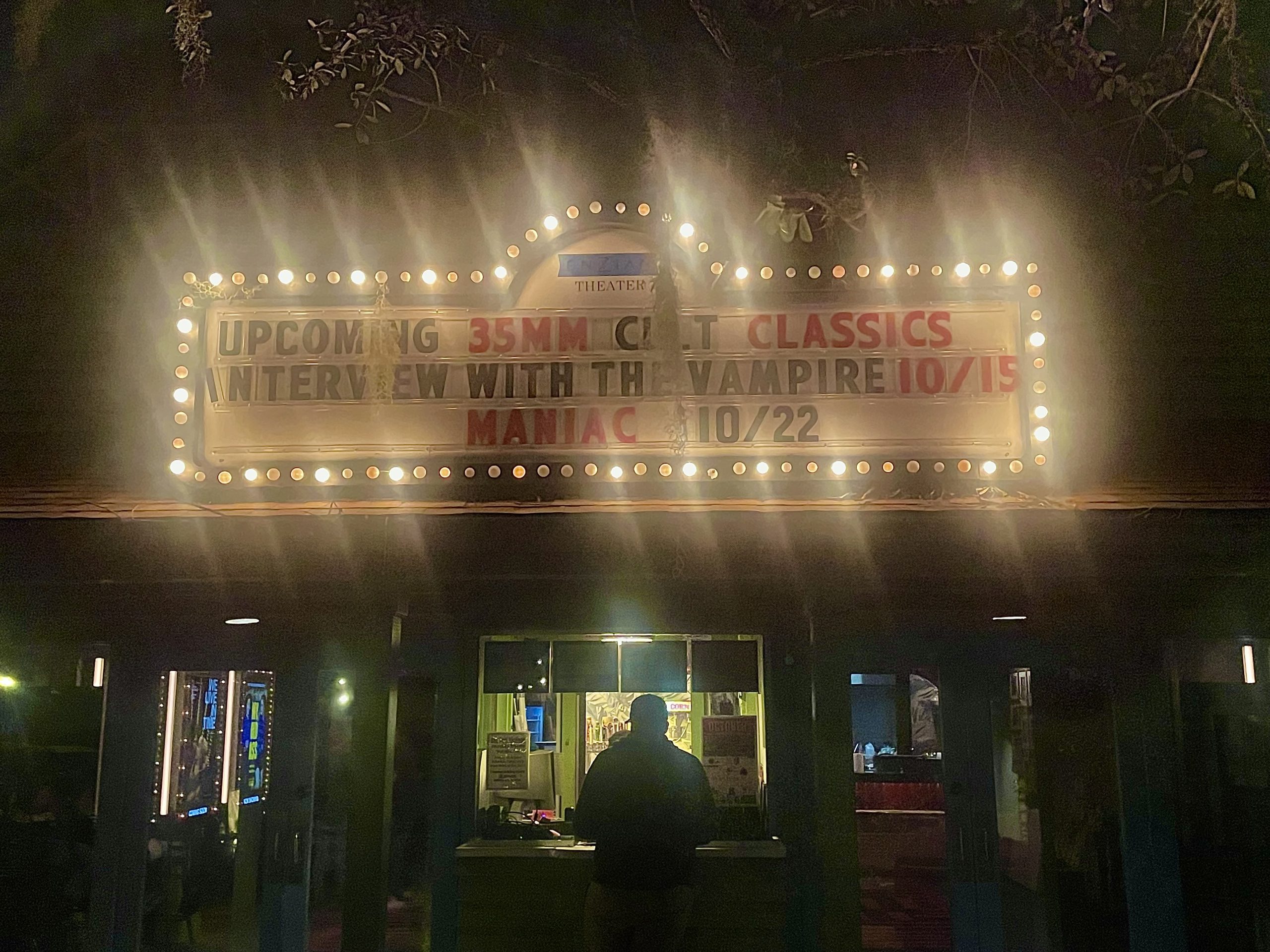
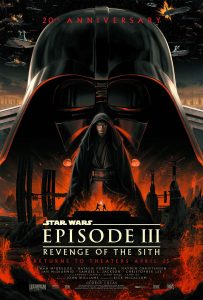
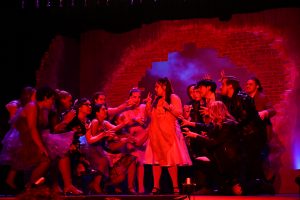


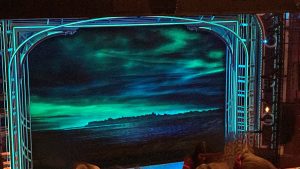

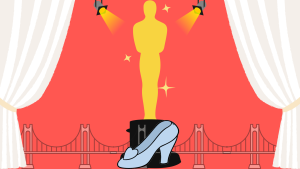



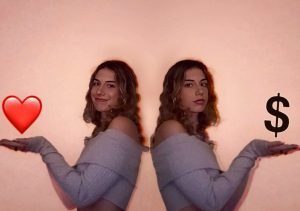



Comments are closed.